Insights
Insights and Expert Advice
Explore our Blog for expert tips, strategic insights, and practical advice across lending, property, and business finance. Whether you're growing your investment portfolio, planning your next purchase, or navigating complex financial decisions, our content—supported by trusted partners—helps you make smarter, more confident moves.

Clarity.
Strategy. Growth. Empowerment.
Calculators
Government Incentives
Eligibility criteria apply.
Federal Government Scheme
First Home Guarantee (FHBG):
Supporting eligible home buyers to buy a home sooner, with a deposit as little as 5%.
Regional First Home Buyer Guarantee (RFHBG):
Supporting eligible regional home buyers to buy a home sooner, in a regional area, with a deposit as little as 5%.
Family Home Guarantee (FHG):
Supporting eligible single parents and eligible single legal guardians of at least one dependent to buy a home sooner, with a deposit as little as 2%.
Click here to learn more.

Australian Capital Territory
The ACT Government has a concession scheme to help people to buy the home by removing or reducing duty on any property.
Click here to find out more.

New South Wales
First home buyers in NSW may be eligible for a duty exemption, concession or grant. Key workers, single parents and single people 50 or over may also be eligible for Shared Equity Home Buyer Helper.
First Home Buyers Assistance Scheme:
Full or partial exemption on Stamp/transfer duty.
First Home Owners Grant (New Home):
$10,000 towards the purchase price, in addition to the First Home Buyers Assistance Scheme benefits.
Shared Equity Home Buyer Helper:
Support for eligible first home buyer key workers.
Click here to find out more
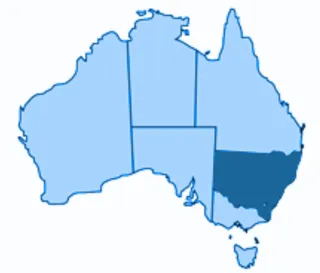
Northern Territory
If you are buying or building a new home, you can apply for a First Home Owner Grant (FHOG) of $10,000.
Click here to learn more.
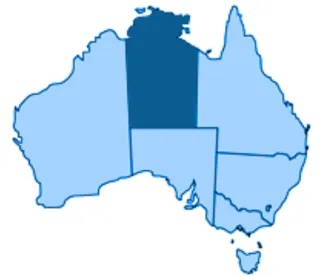
Queensland
The first home owner grant gives eligible first-time home buyers $15,000 towards buying or building a new home in Queensland.
The regional home building boost grant gives eligible applicants $5,000 after the purchase or construction of a brand-new house, unit or townhouse in regional Queensland.
When you buy or acquire a residence or vacant land on which you intend to build your first home, you may be able to claim a concession that reduces the amount of transfer duty you have to pay.
Click here to learn more
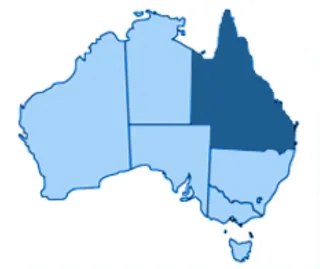
South Australia
First Home Owner Grant: You may be eligible for a first home owner grant of up to $15,000
Stamp Duty Relief for Eligible First Home Buyers: You may be eligible for a stamp duty relief on the transfer of land.
Click here to learn more
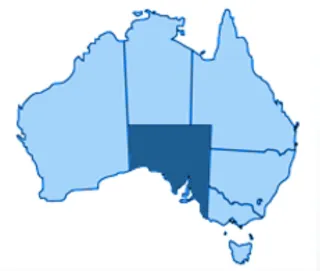
Tasmania
A first home owner grant is available to eligible applicants who purchase or build a new home in Tasmania. $30 000 grant: for transactions that commence between 1 April 2021 and 30 June 2024.
Click here to learn more.

Victoria
In Victoria you can receive $10,000 with the First Home Owner Grant (FHOG) If you are buying or building a new home valued up to $750,000.
To be eligible, the home must not have been previously sold or occupied. You may also be eligible for, and receive, more than one exemption, concession or reduction from stamp duty for your property.
Click here to find out more

Western Australia
You may be eligible to the grant being $10,000 or the consideration paid to buy or build the house if less than that amount.
Click here to learn more.
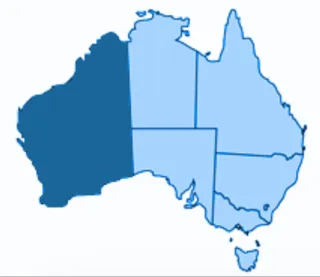

The Vadium Monthly - November 2023
The Vadium Monthly

Six ways borrowers can beat rising interest rates
With inflation remaining high, interest rates are likely to stay at elevated levels for some time.
For borrowers, this means they are going to face higher mortgage repayments for the foreseeable future. Thankfully, there are some simple actions that can be taken to help ease the pressure.
Use an offset account
Most mortgages come with an attached offset account, which is a powerful tool to reduce your interest expenses. An offset account allows you to park your extra cash or savings, and then the mortgage’s interest charged is calculated based on your loan minus the balance in your offset account. For example, if you have a $500,000 loan and $100,000 in your offset account, you're only charged interest on $400,000. The higher your offset balance, the lower your interest costs, which means you can pay off your loan quicker. To maximise savings, you can get wages paid directly to your offset account. Daily interest calculations mean that every dollar counts in reducing your overall interest expense.
Consider multiple offsets
While pooling all your surplus cash into a single offset account can be beneficial, some people prefer separating their savings into categories like a holiday fund, pet fund, car fund, and so on. Fortunately, some lenders offer the option of having multiple offset accounts, allowing you to reduce your payable interest with every dollar saved in these accounts. This way, you can maintain budgeting flexibility while still reducing your mortgage interest.
Use redraw to park savings
When you have a healthy offset balance, it's easy to become comfortable and indulge in extra spending. To stay on track and motivated, set an offset balance target, such as $50,000, $100,000, or any amount that suits your goals. If your balance exceeds this target, consider transferring the excess into the redraw facility, effectively paying it directly into your loan account. These funds are available in emergencies but are otherwise locked away, ensuring that you save on interest costs.
Leverage your credit card
Many loans come with both an offset account and an attached credit card, often without fees. If you have good budgeting skills and discipline, you can use the credit card for your monthly living expenses and pay it in full at the end of each month. This strategy keeps your money in the offset account for as long as possible while avoiding interest on the credit card. Automating full payment of the credit card at the end of the month can further streamline this process and help you track your monthly expenses effectively.
Pay yourself first
For those who find it challenging to manage their budget or track their expenses, a useful tip is to transfer a fixed amount to yourself for weekly or monthly spending. This approach gives you greater control over your outgoings and helps you identify any reckless spending as it happens. By sticking to a budget, you can stay on top of your finances and minimise unnecessary expenses.
Regularly review your home loan rate
Lastly, don't forget to review your home loan rate regularly. Interest rates fluctuate, and your lender may offer new deals or rates that could save you money. A simple rate comparison by your mortgage broker can help you identify opportunities to refinance or negotiate a better deal with your current lender.
Surging immigration sees overseas buyers searching for Australian property

Online searches for Australian property from overseas buyers are on the rise as immigration levels hit record highs.
According to PropTrack, searches on realestate.com.au for Australian properties from overseas property seekers have risen 11.5 per cent in the past three months. Meanwhile, rent searches are up 7.8 per cent from the same demographic.
PropTrack Senior Data Analyst, Karen Dellow, said record immigration is leading the trend that is likely to continue. “With migration returning to pre-pandemic levels, we are seeing increased interest from overseas property seekers looking to settle on our shores,” Ms Dellow said. “Although many migrants will initially rent, stay with family or live in share accommodation, given time the majority will go on to buy a property.”
Foreign buyers have been targeting Melbourne, along with other popular locations including the Gold Coast, Greater Brisbane, Sydney and Perth. Popular Melbourne locations of Brunswick East, Carlton North, Brighton East and Essendon have all seen more than a 50 per cent surge in online searches in the past three months. At the same time, search interest for Ashgrove in QLD was up 45.06 per cent.
Ms Dellow said the largest growth locations for renters are an unusual mix of city and regional areas, with searches for South Western Sydney increasing by 111 per cent in the past six months, closely followed by Torquay in regional Victoria. “There are plenty more beachside locations on the list, including Mermaid Waters and Mooloolaba, both in Queensland,” she said.
Ms Dellow noted searches from Chinese buyers were also on the rise after dropping away dramatically during the COVID years. “The same is the case for rental searches from China, which are nearly double the volumes seen before the pandemic,” she explained. “This increase is primarily driven by the return of students and migrant workers to our shores.”
She also stated, that a quarter of overseas buy and rent searches overseas are from New Zealand. “Rental searches from across the Tasman have increased by 38 per cent from last year, and buy searches are up 7 per cent,” she said.
Ms Dellow commented that since Australia’s borders reopened and the government started ramping up immigration, online searches have been rapidly increasing. “Opening the border had a significant impact on the population, according to recent data from the Australian Bureau of Statistics (ABS),” she said. “Australia's population grew by 1.9 per cent in 2022 – an increase of 496,800 over the 12 months, which was the biggest increase in 15 years. Of that total increase, 78 per cent came from overseas migration, most of which were overseas students.”

Three ways to minimise your renovation costs
More and more households are looking at ways to renovate or upgrade their current property due to the high costs of buying and selling. However, with the cost of renovating also rising, homeowners need to find cost-effective ways to do the work. Here are three ways to minimise your renovation costs.
Plan carefully and set a realistic budget
A well-thought-out plan is the first step toward executing a cost-effective renovation. Before you start swinging a hammer, take the time to carefully plan your project. Begin with a thorough inspection of your property to identify the areas that require attention and prioritise them based on their importance and potential return on investment.
To minimise costs, it's essential to set a realistic budget. Over-ambitious budgeting can lead to financial stress and unfinished projects. Consider factors such as labour costs, materials, permits and unexpected expenses. Allow for a contingency fund of around 10% of your budget to cover any unforeseen issues that may arise during the renovation.
Focus on cost-effective upgrades
One of the most valuable ways to minimise renovation costs is to prioritise and focus on cost-effective upgrades. Concentrate on projects that add significant value to your property without breaking the bank.
Kitchen and bathroom upgrades are known to have a substantial impact on a property's value. But so too is the cost of renovating these rooms. So, if the cost is too high, consider re-facing or painting cabinets, updating fixtures, and refreshing the overall appearance. A fresh coat of paint can do wonders for the overall aesthetics of a property. Similarly, updating flooring with cost-effective materials like laminate or vinyl can provide a new look without a hefty price tag. Simple cosmetic changes like new lighting fixtures, fresh curtains or blinds, and landscaping can enhance your property's appeal without major expenses.
DIY or professional help
Depending on your skill level and the complexity of your renovation project, you can save money by taking a do-it-yourself (DIY) approach. Simple tasks like painting, minor repairs and landscaping are often suitable for DIY enthusiasts. However, it's important to be realistic about your capabilities, as botched DIY projects can lead to costlier fixes.
For more complex renovations, hiring professional tradespeople can ensure quality work and, in some cases, save money in the long run. Professionals have the expertise to complete projects efficiently, reducing the risk of costly mistakes. A great way to save money is to act as a project manager. Instead of hiring a renovation company to take care of everything, take the lead and hire the right trades and schedule them yourself. This will save you a lot of money, while still getting the right people to do the job.
The pros and cons of bridging loans
Anyone who has sold a property with the intention of upgrading understands the frustration of not knowing whether to sell or buy first. While there’s no right or wrong answer, there are ways to help mitigate the stress of buying and selling through the use of a bridging loan.
A bridging loan allows you to acquire your next property before selling your current one, streamlining the transition between homes. However, bridging loans come with their own set of advantages and disadvantages.
Advantages of bridging loans
• Convenience: The main advantage of a bridging loan is that it enables you to move into your new home without selling your current property first. This can be especially appealing if you've found your ideal family home, as it allows you to avoid the hassle of temporary accommodations and multiple moves.
• More time for property search: Bridging loans give you the freedom to explore the market at your own pace, seeking the perfect property without the pressure of selling your current home immediately.
• Efficient financing: Bridging loans are designed for short-term use, typically lasting 6-12 months. These loans can cover your current mortgage as well as the costs associated with buying your new property, making the transition easier, financially.
Disadvantages of bridging loans
• Higher interest rates: Bridging loans typically come with higher interest rates than traditional home loans. Since they are short-term loans, the higher interest rates can significantly impact your overall costs, especially if your existing property doesn't sell quickly.
• Financial risks: The short-term nature of bridging loans means that if your current property does not sell within the agreed-upon loan term, you may incur substantial interest charges, putting a financial strain on your budget.
• Capitalised interest: Bridging loans often involve capitalised interest, which can add up quickly, increasing the total debt you'll need to repay upon selling your current property.
• Additional costs: Borrowers should be aware of potential fees associated with bridging loans. These may include application fees, valuation fees, and other associated costs.
What you need to consider
Before taking on a bridging loan, it's vital to think about these different factors:
• Interest rates: Compare the different interest rates offered by different lenders and consider a situation where you don’t sell your current home in time.
• Loan term: Ensure the loan term aligns with the expected selling timeline for your current property.
• Professional advice: Seek guidance from a mortgage broker who can help you navigate the complexities of bridging finance and assess your personal situation.

Should you get a full-doc or low-doc car loan?
When it comes to financing your new car it’s possible to use either a low-doc car loan or a full-doc car loan. As the name suggests, low-doc loans require less documentation but have some other costs involved, while full-doc loans might take longer, but work out cheaper. Each has its own set of advantages and disadvantages:
Low-doc car loans - Advantages:
Simpler application process: One of the main benefits of a low-doc car loan is the simplified application process. Unlike full-doc loans, which require extensive financial documentation, low-doc loans typically require less paperwork. This means less hassle for borrowers.
Faster processing: Since there are fewer documents to review, low-doc car loan applications tend to be processed faster. This means you can secure the funds for your business or personal car purchase sooner.
Flexible use: Low-doc car loans are not limited to business purposes exclusively. In certain cases, you can use a car bought through a low-doc loan for personal use as well, as long as the majority of its use is for business purposes. This flexibility can be a significant advantage for those who need their vehicles for both work and personal activities.
Low-doc car loans - Disadvantages:
Higher costs: Low-doc car loans often come with higher fees and interest rates compared to full-doc loans. Lenders perceive low-doc loans as riskier due to the limited documentation, and they may charge more to compensate for this inferred risk.
Lack of flexibility: Low-doc loans may come with certain restrictions that don’t normally come with standard car loans. This lack of flexibility can make low-doc car loans less desirable for borrowers with specific financing needs.
Full-doc car loans - Advantages:
Better interest rates: Full-doc car loans typically offer better interest rates compared to low-doc loans. Lenders consider full-doc loans less risky because of the comprehensive documentation, so they often provide borrowers with more competitive rates and fees.
More loan features: With full-doc car loans, you'll have access to a wider range of loan features to suit your specific financial situation. Options like early payment, balloon payments, and other repayment features can make managing your loan more convenient.
Variety of lending options: There are a lot more full-doc car lenders available, providing borrowers with more choice.
Full-doc car loans - Disadvantages:
Stricter requirements: Full-doc car loans come with a more extensive list of requirements, including thorough financial documentation. Meeting these requirements can be time-consuming and, in some cases, challenging, making it less suitable for those in a hurry to fund their car purchase.
Longer processing time: Due to the rigorous documentation and verification processes, full-doc car loan applications tend to take longer to process. If you need immediate financing, this may not be the ideal option for you.
This is general information only and is subject to change at any given time.
Your complete financial situation will need to be assessed before acceptance of any proposal or product.
Learn How to Make Your Money Work Smarter
Discover how building financial literacy can strengthen your position and set you up for long-term success. In our session, we’ll break down practical wealth-building techniques and share real-world strategies across property, investing, lending, and tax—giving you the knowledge and confidence to take control of your finances, no matter where you're starting from.

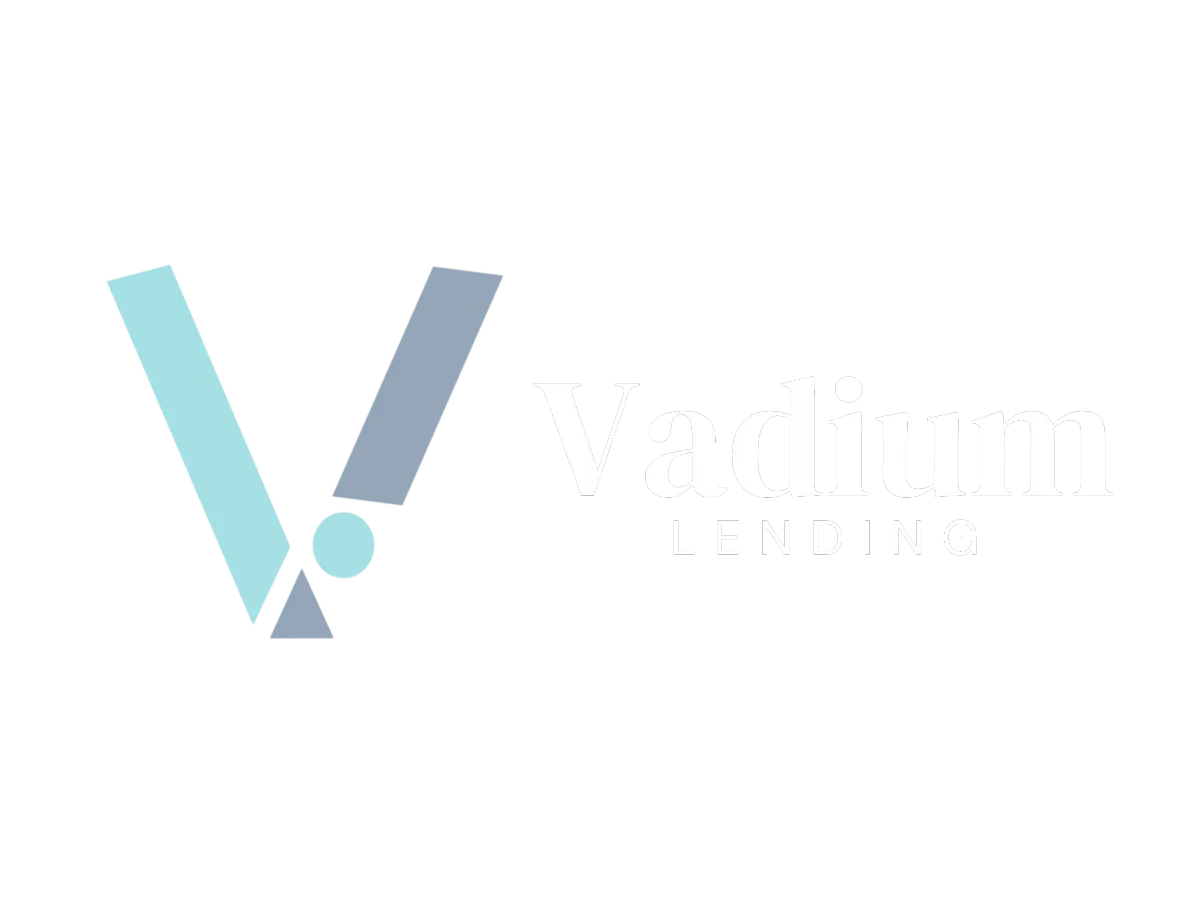
We are committed to helping you achieve financial success with expert guidance and tailored solutions. Let’s work together to build a secure and prosperous future. Contact us today to start your financial journey.
Quick links
Services
© Vadium Lending. 2025. All Rights Reserved.
ABN-62213831884 Australian Credit Licence -384324 Australian Credit Reference -545975